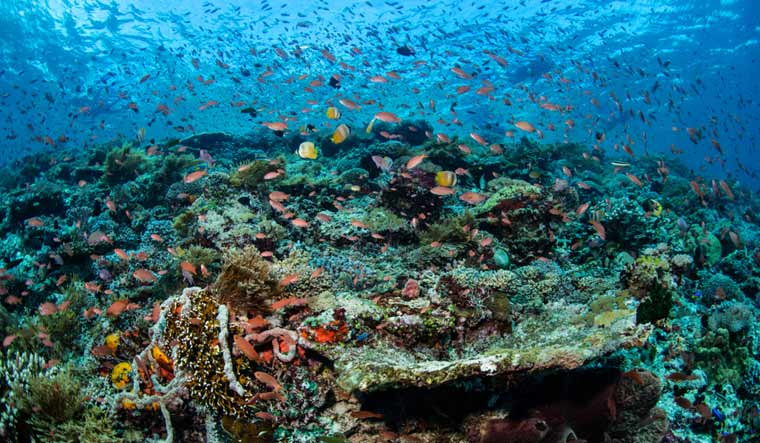In a first, researchers have probed into the diversity and reproduction cycles of previously unstudied species of marine fungi, shedding more light on this branch of organisms.
The scientists, including those from the Marine Biological Laboratory (MBL) in the US, said that marine fungi have long been overlooked in the research community, despite their likely contributions to the health of ocean ecosystems.
"There's hardly anything known about fungi in the marine environment. This was an opportunity to understand who might be there and what they're doing, and also discover some new fungal systems that might display interesting biology," said study co-author Amy Gladfelter from MBL.
The researchers brought back samples from coastal water, marshes, beaches, and other environments, and hoped to grow the fungi in their lab using nutrient rich growth media.
The study, published in the journal Current Biology, describes 35 species of marine fungi collected from various sites around Woods Hole in the US, many of which have never been studied before.
In certain black fungal species, the researchers found unconventional cell division cycles often found in extreme ocean environments.
The study noted that in a cycle, fungi either reproduced by a process called budding, or by splitting into two daughter cells in a process called fission.
The researchers said that one black fungal species produced multiple buds per cell cycle, rather than a single bud seen in the classical fungal model of reproduction.
Another species, they said, alternated its methods of reproduction, switching between fission and budding each cell-division cycle.
"There's a lot of diversity in marine fungi -- morphological and species diversity, possibly ecological functional diversity -- that we don't know a lot about yet. And it's really worth digging into," said Lorna Mitchison-Field, first author of the study from the MBL.\
Mitchison-Field said that she observed the colony growth through a period of usually one to two-and-a-half weeks.
"As they grew, I would pick specific colonies to isolate, and we'd look at those using [time-lapse] differential interference contrast (DIC) microscopy," she said.
Since the researchers found many different types of fungi in such varied locations, they now hope to study how the fungi interacted with their environments.



